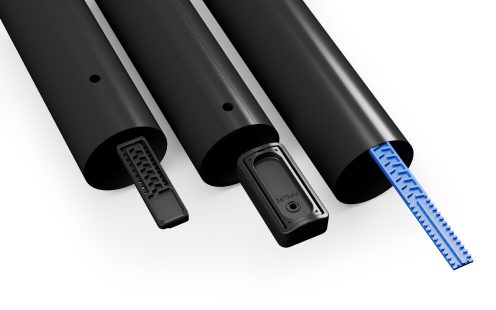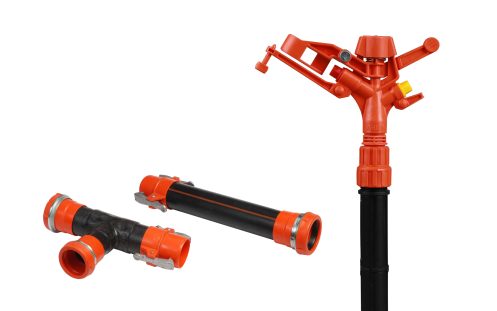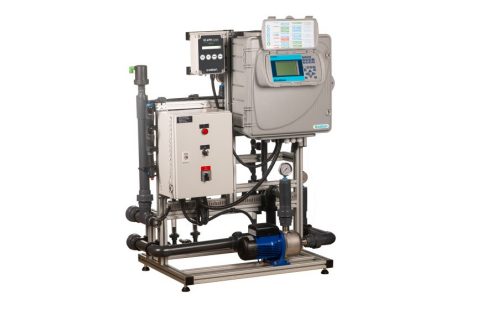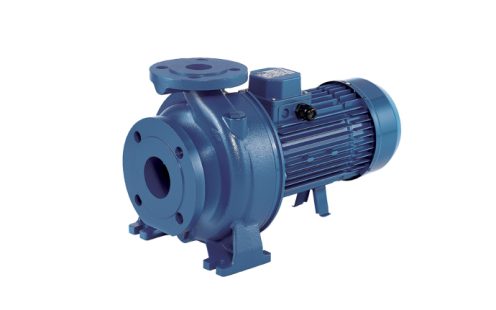ENHANCE AGRICULTURAL PRODUCTIVITY WITH BESPOKE FIELD DRAINAGE SYSTEMS
Effective field drainage is essential for maintaining healthy soil, improving crop yields, and protecting infrastructure. Our advanced field drainage solutions are tailored to meet the demands of modern agriculture, ensuring optimal water management and sustainable land use.
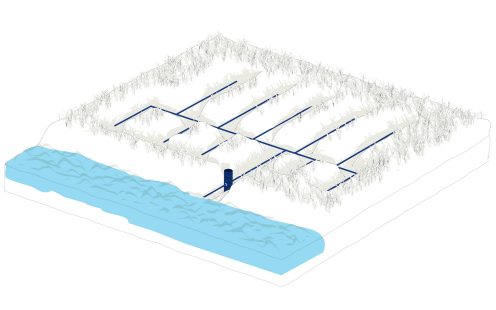
BENEFIT FROM EFFECTIVE FIELD DRAINAGE
Take advantage of field drainage solutions designed to optimize agricultural productivity while supporting environmentally sustainable practices.
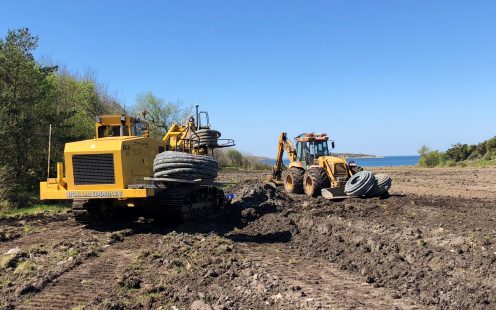.jpg)
FAQ
WHY DO I NEED A FIELD DRAINAGE SYSTEM?
Field drainage systems are essential for improving soil conditions, preventing erosion and optimizing water management. They ensure heavy rainfall does not damage crops, disrupt soil stability or impact surrounding infrastructure by directing excess water away from the soil.
Additionally, during periods of insufficient rainfall, field drainage systems can regulate groundwater levels to prevent the soil from drying out. This ensures that crops have access to consistent subsurface water levels, creating stable conditions for growth and maintaining soil structure.
WHAT ARE PIPELIFE FIELD DRAINAGE SYSTEMS MADE FROM?
Our systems are made from durable and recyclable PVC, as well as 100% recycled PE and PP. We also offer fully compostable products made from biodegradable materials, such as bioplastic granulates and coconut husks, to support sustainable agricultural practices.
HOW DOES FIELD DRAINAGE BENEFIT THE ENVIRONMENT?
Field drainage systems play a crucial role in promoting environmental sustainability. By preventing soil erosion, they maintain the integrity of agricultural land and reduce sediment runoff into nearby water bodies. They also minimize nutrient leaching by directing excess water away while retaining essential nutrients in the soil, further preventing water pollution.
Additionally, efficient water management practices ensure optimal soil moisture levels, which enhance soil health and reduce the risk of salinization from groundwater evaporation. Our biodegradable and compostable options further reduce environmental impact by supporting sustainable farming practices and lowering waste.
WHAT ARE THE DIFFERENT TYPES OF FIELD DRAINAGE ?
Traditional drainage
Traditional drainage focuses on removing excess water from the soil to lower the water table, prevent waterlogging and improve soil conditions. It is a necessary practice for agricultural fields experiencing heavy rainfall or poor natural drainage.
Level-controlled drainage
Level-controlled drainage is a step more advanced, allowing farmers to specifically manage groundwater levels by retaining rainwater in the soil until it reaches a pre-set level. It reduces irrigation needs and minimizes nutrient runoff. Level-controlled drainage is ideal for regions with fluctuating rainfall or irrigation challenges, helping to maintain consistent moisture levels in the soil.
Climate-adaptive drainage
Innovative climate-adaptive drainage systems use real-time data to anticipate weather changes and automatically adjust the soil moisture in preparation for extreme conditions — lowering groundwater levels if heavy rain is expected, for example. This is an all-encompassing solution that requires minimal active input from the farmer and is best suited in areas with unpredictable and extreme weather changes.
ARE FIELD DRAINAGE SYSTEMS SUSTAINABLE?
Yes, all our field drainage systems are made from recyclable materials, with fully compostable options available for those looking to reduce waste even further. These systems reduce environmental impact without compromising excellent water management capabilities.
HOW LONG DO FIELD DRAINAGE SYSTEMS LAST?
Pipelife field drainage systems are manufactured from high-quality raw materials to last at least 50 years with minimal maintenance.
WHERE CAN I BUY A FIELD DRAINAGE SYSTEM?
Our field drainage systems can be bought directly from your local Pipelife partner. We are present in over 20 European countries, all of whom will be happy to field any of your purchasing inquiries. For more details, see the list of our operating countries at the bottom of the page.
.jpg)
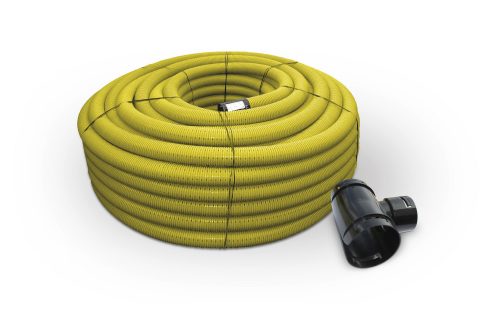
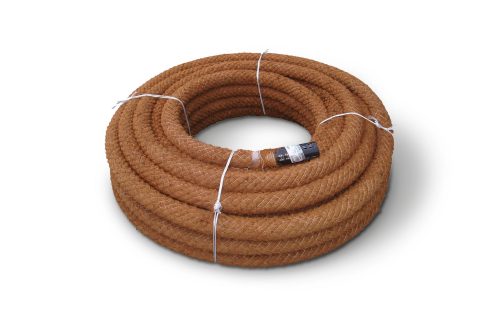
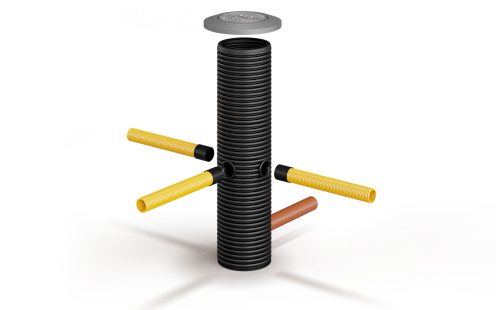
.jpg)
.jpg)
